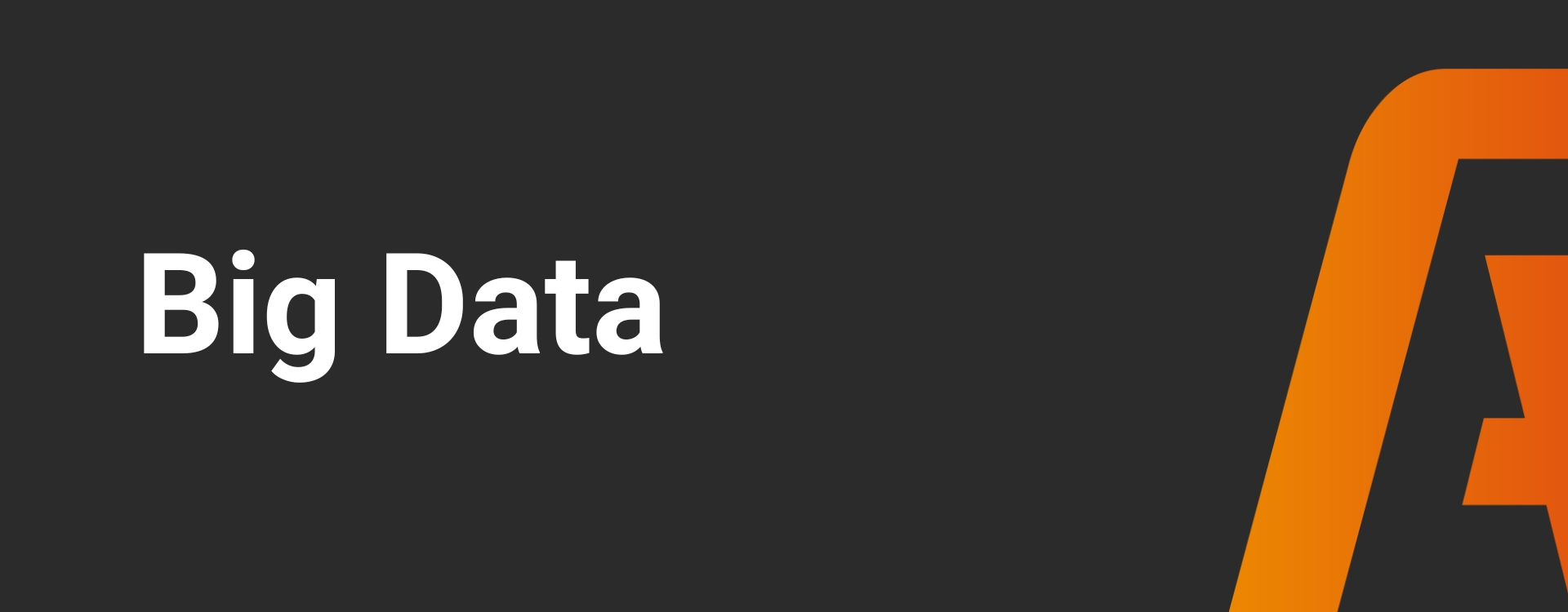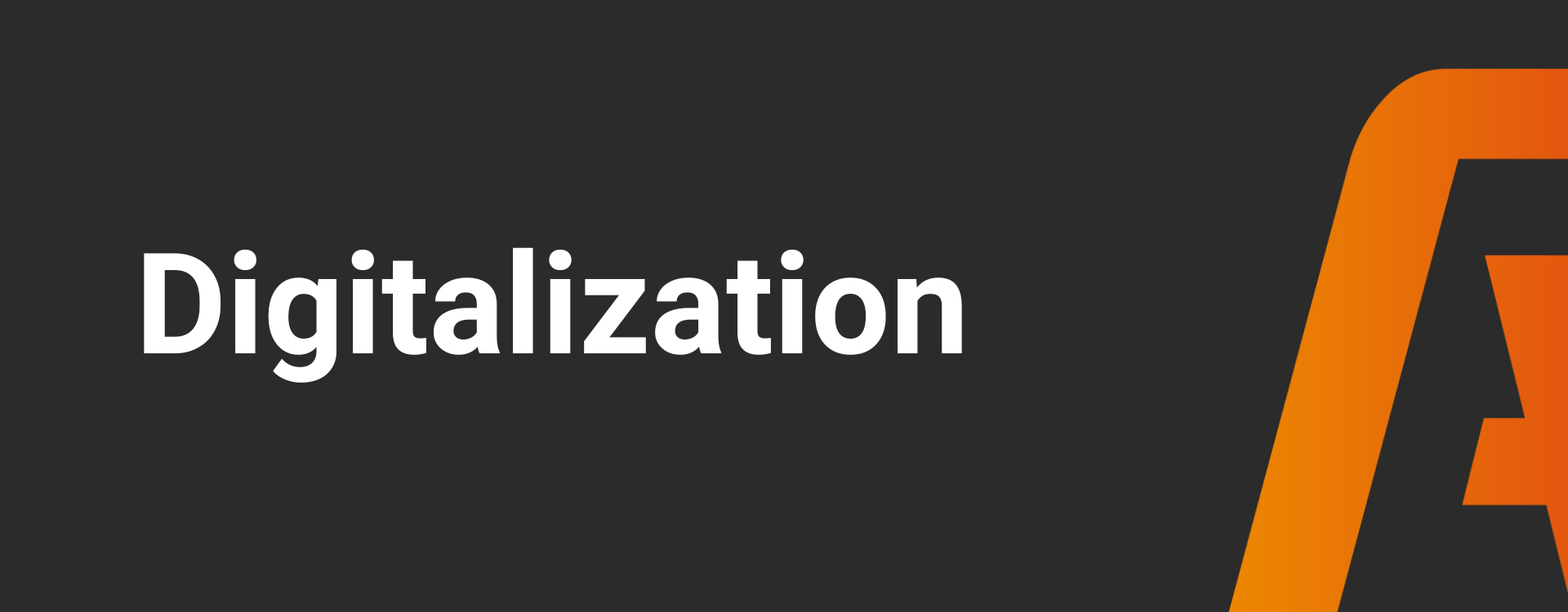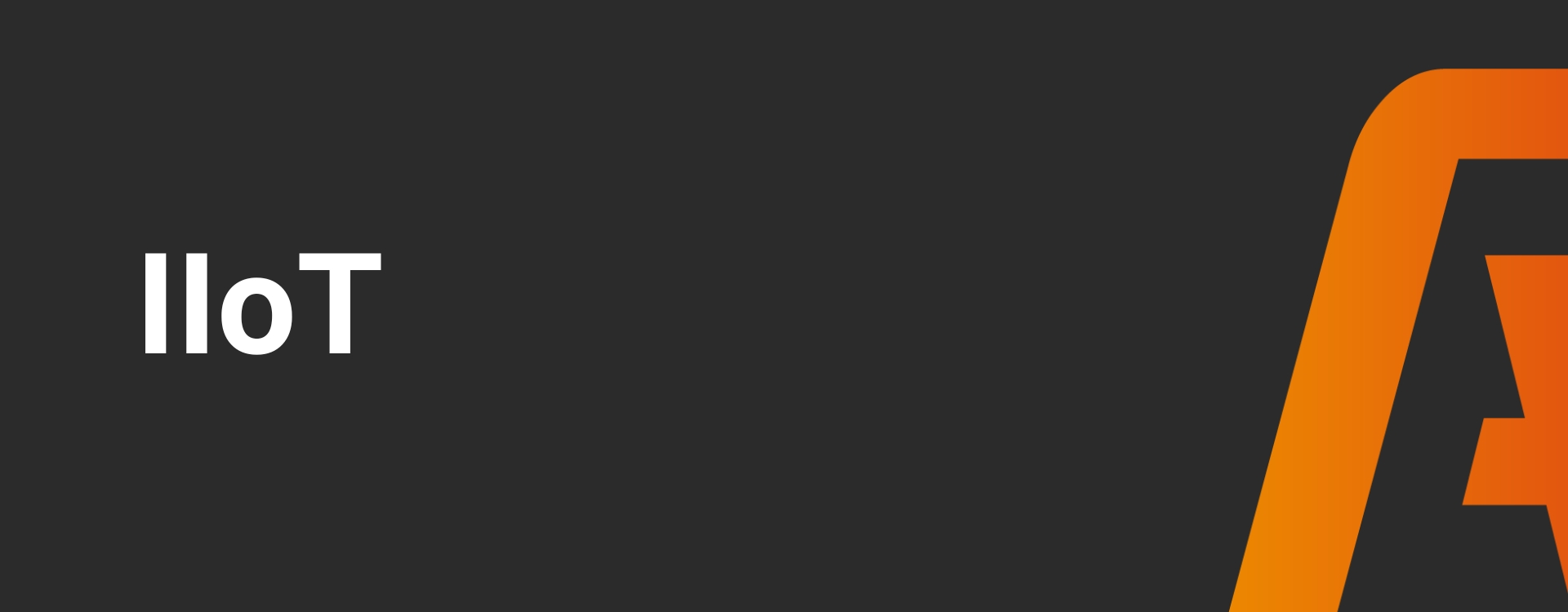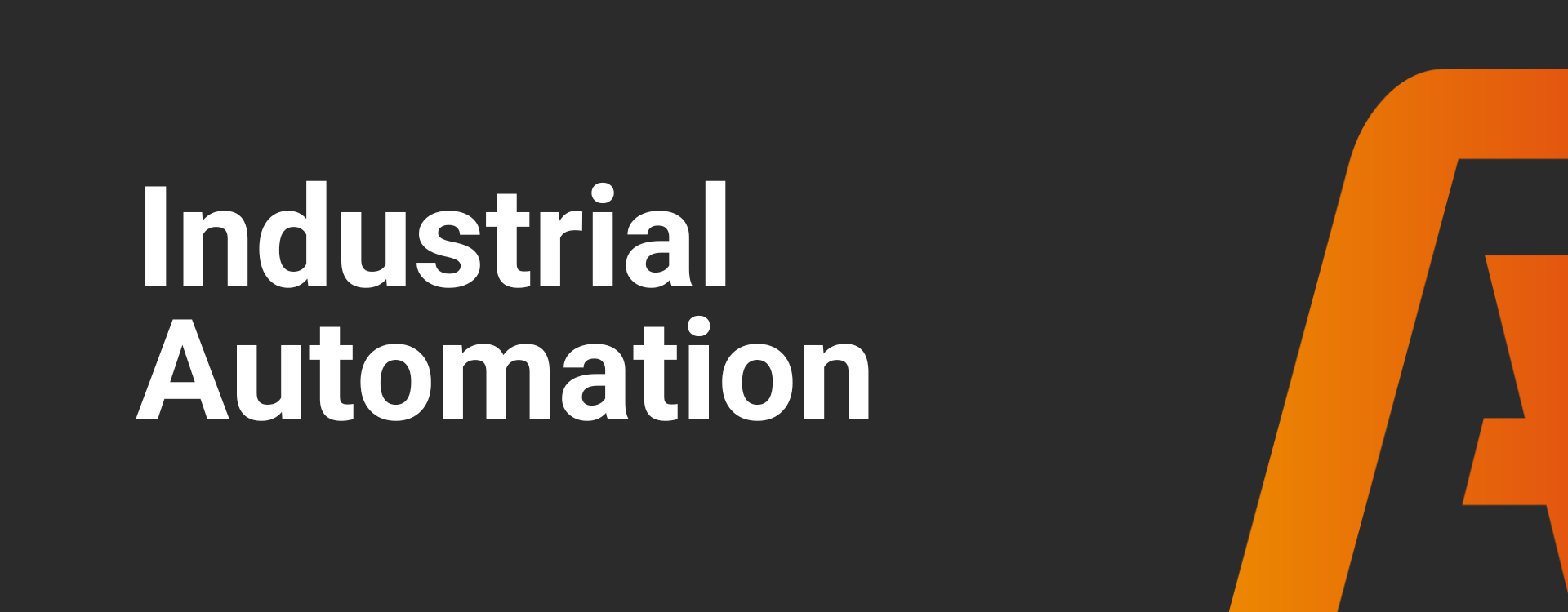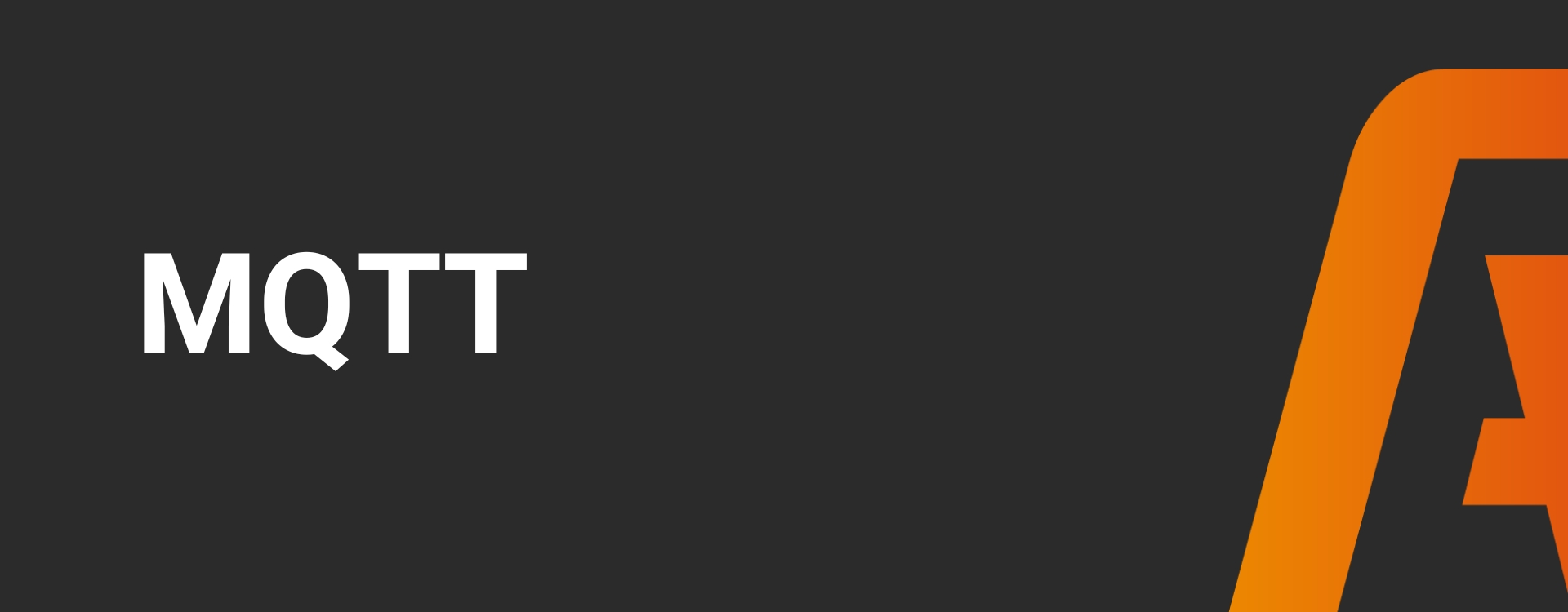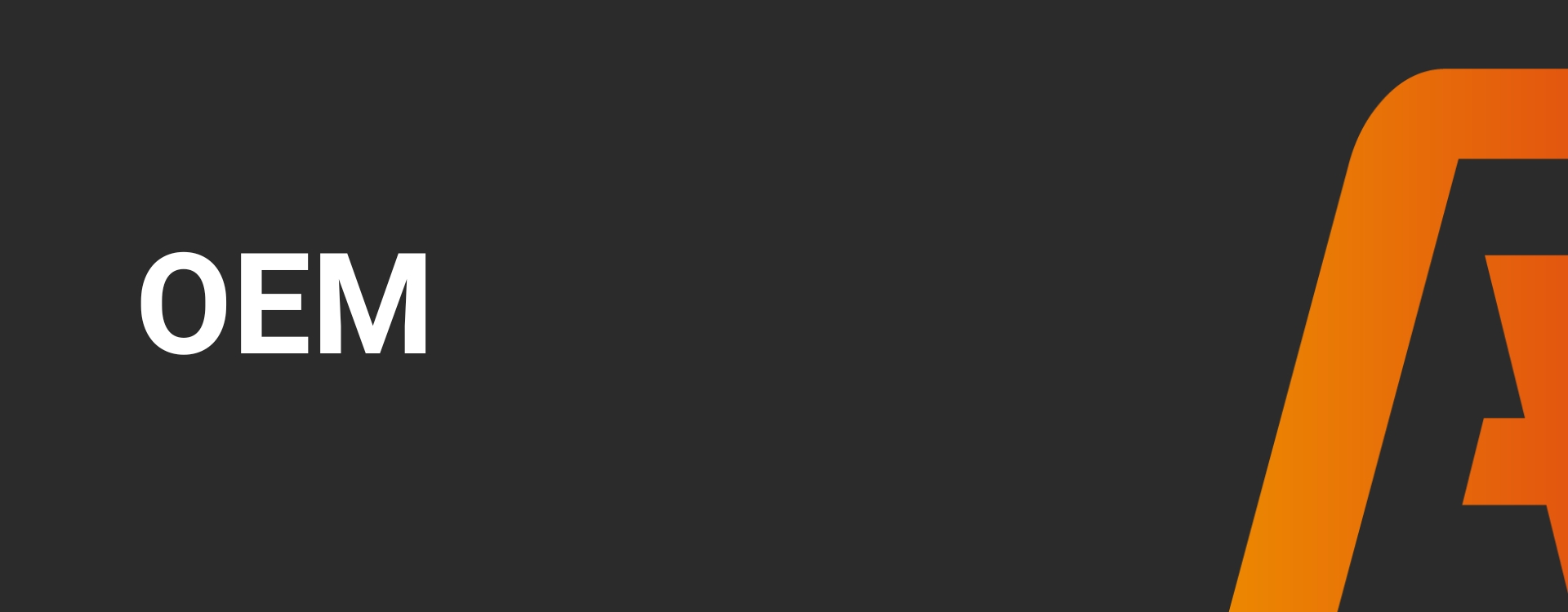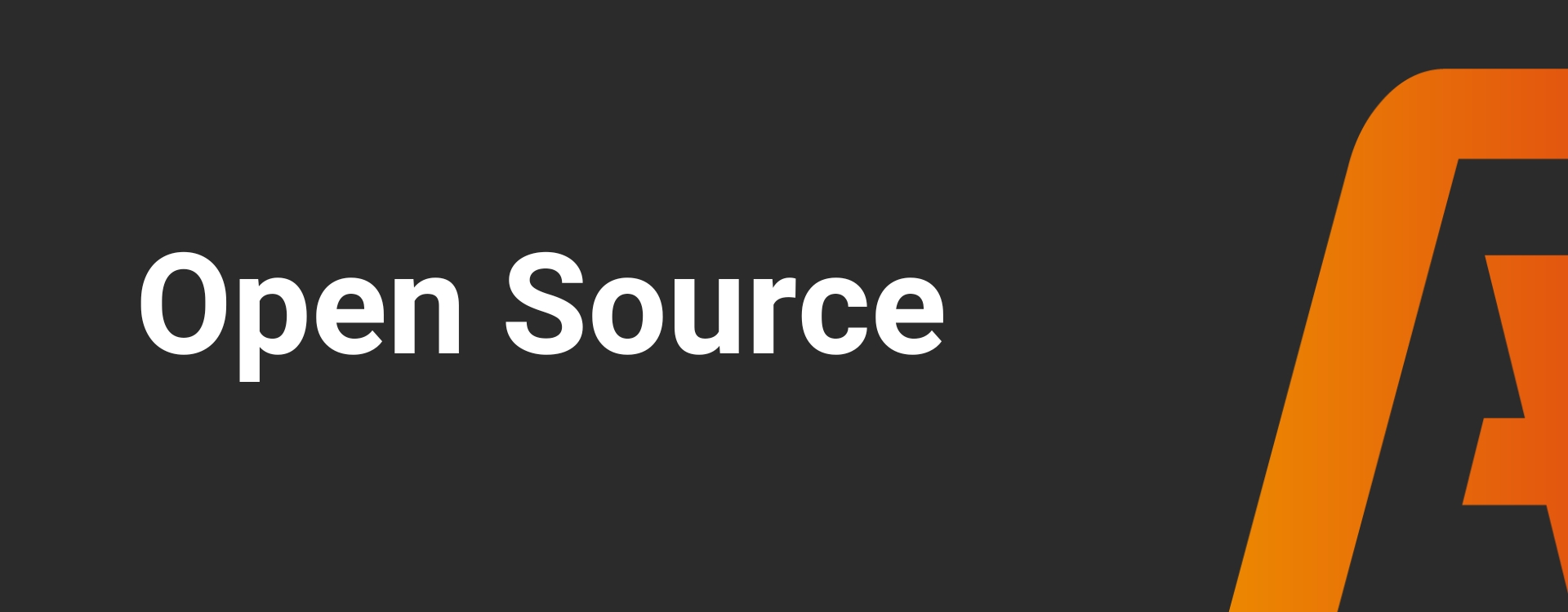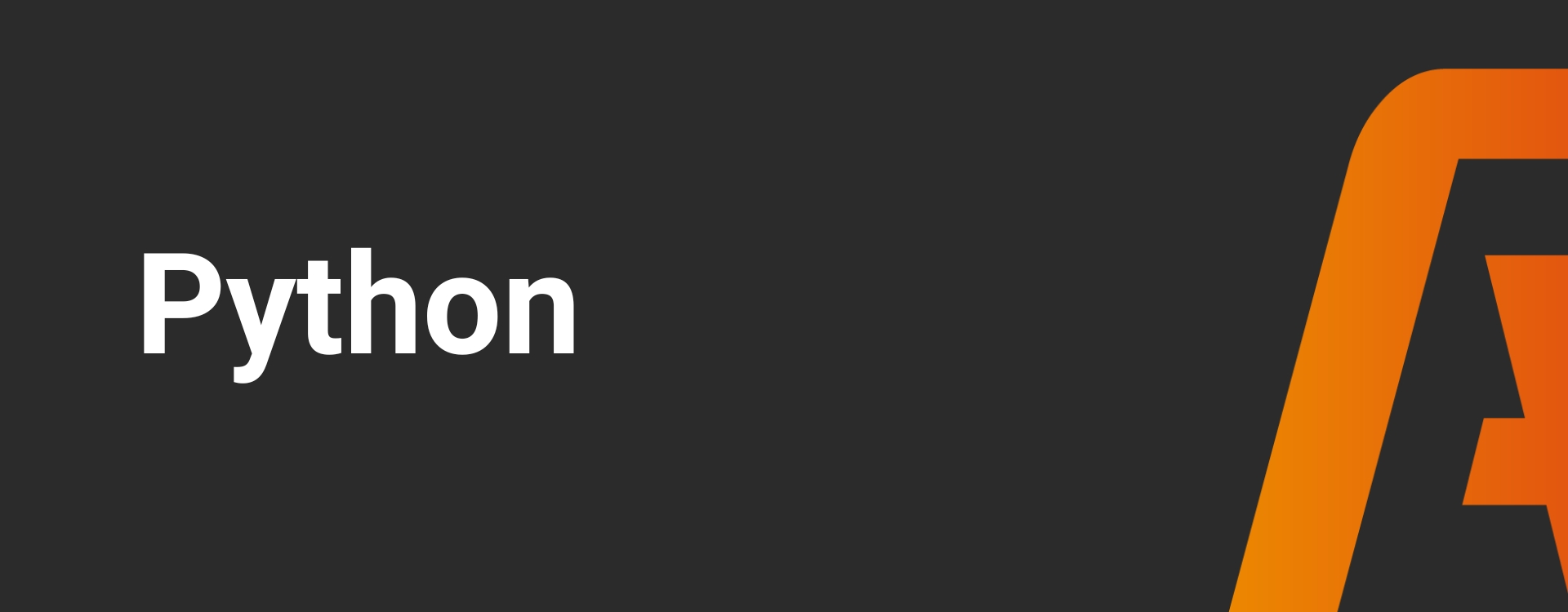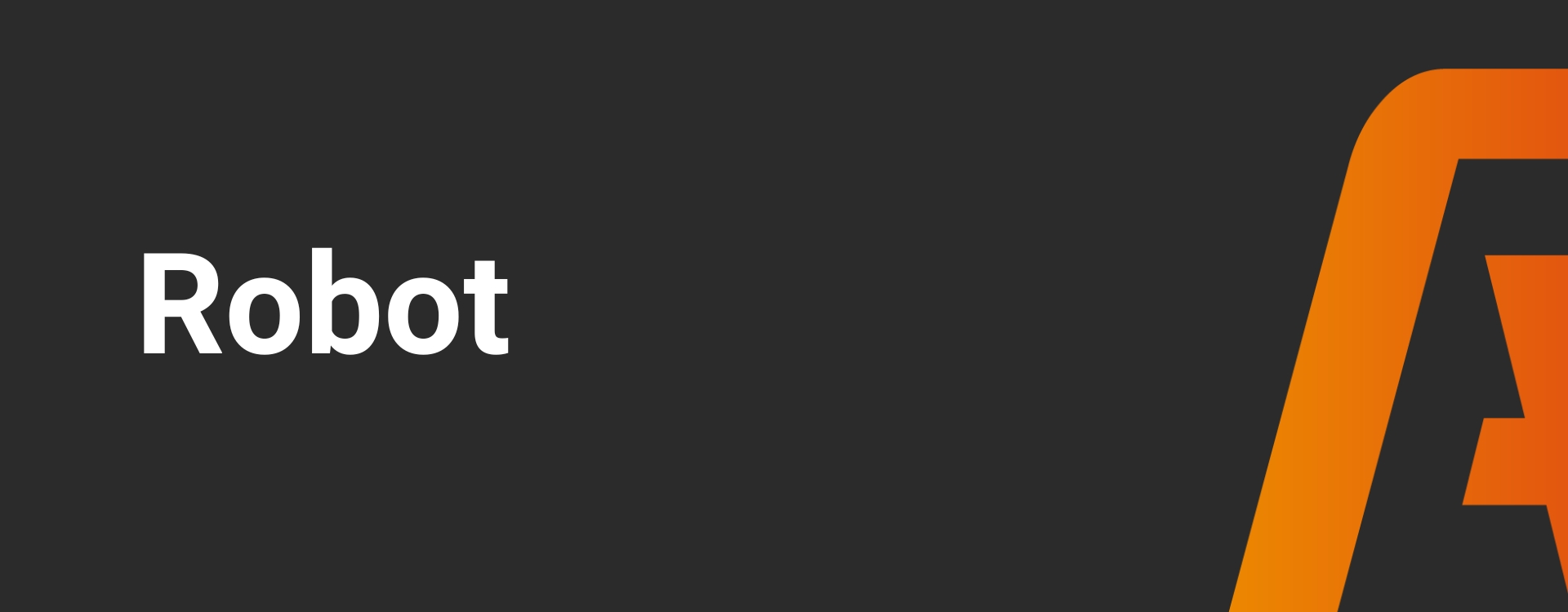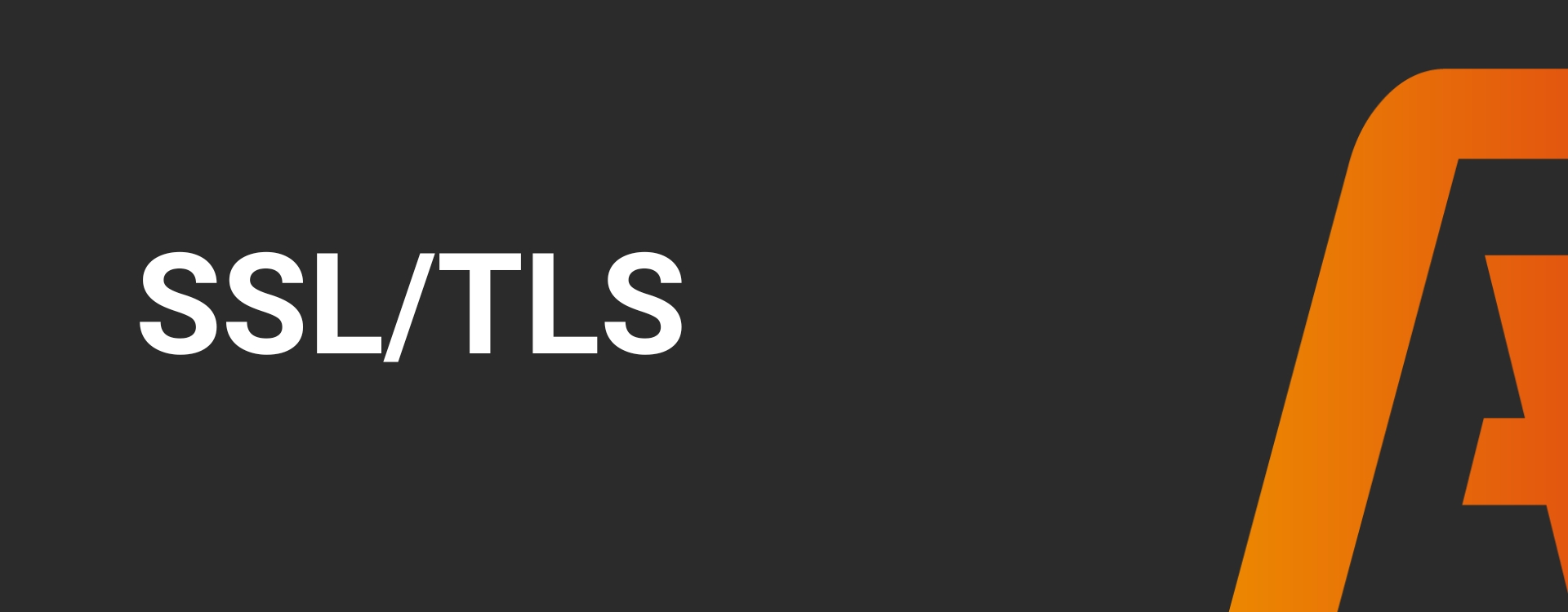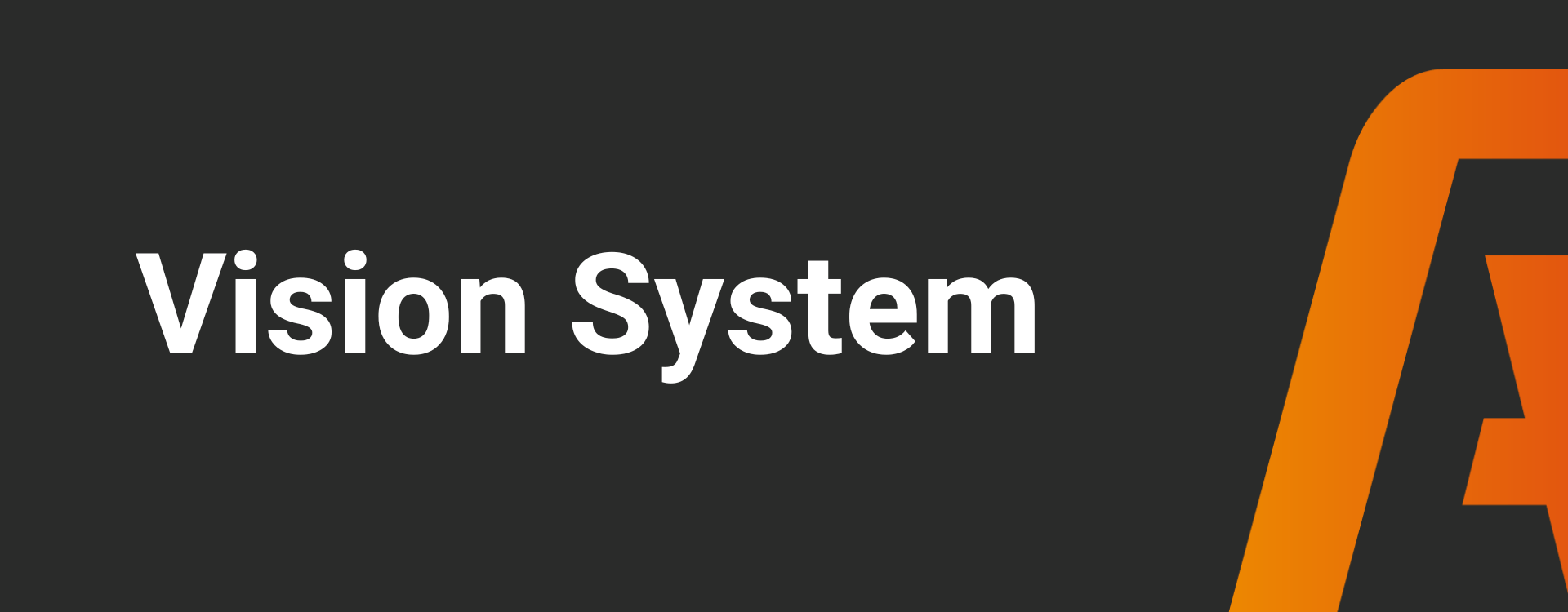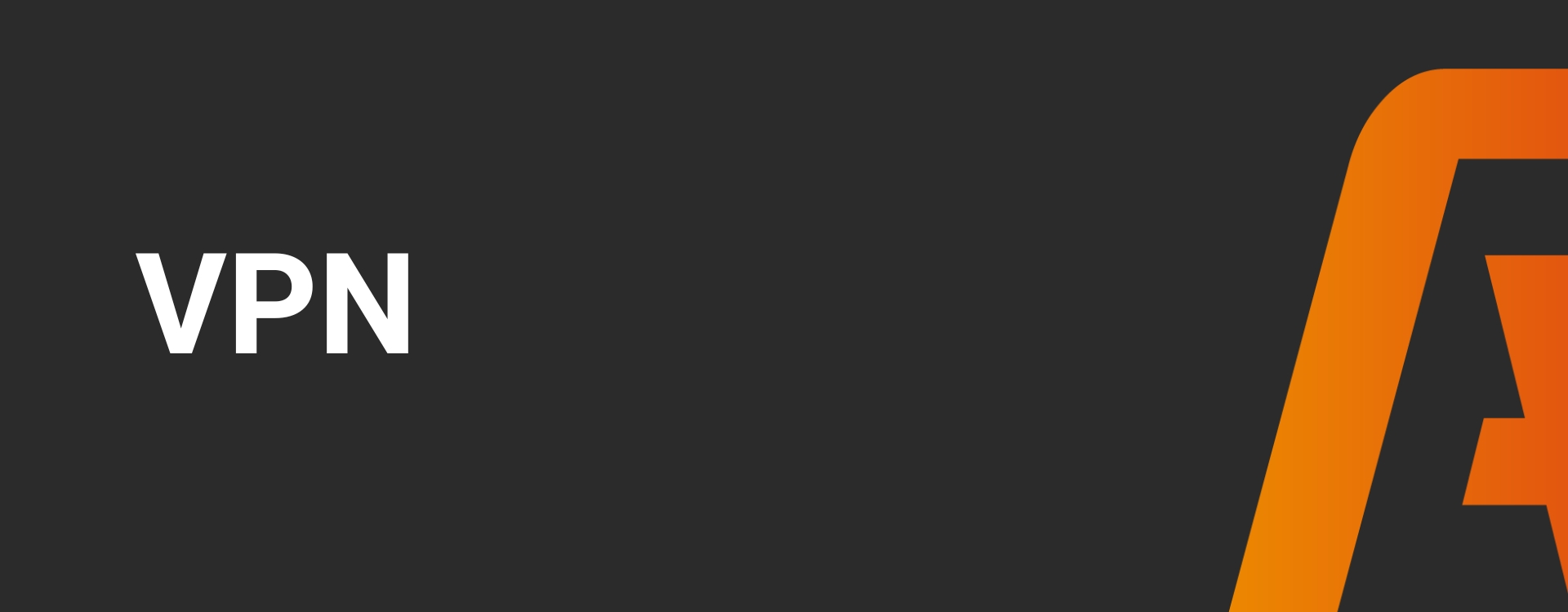Knowledge
Base
A wealth of information about commonly used terms in the industry, arranged in alphabetical order. Click on the term you want to know more about and delve deeper into the details.
AI (Artificial Intelligence) refers to the ability of computers and machines to perform tasks that typically require human intelligence.
Bidirectional describes a system or process where communication flows in two directions, allowing information, signals, or actions to move both ways.
Big Data refers to an extensive volume of data generated by various sources, including human interactions and machine activities.
DCS (Distributed Control System) is a type of industrial control system used for the control and monitoring of industrial processes.
Digitalization is the conversion from analog to digital and the implementation of technologies to optimize and automate processes.
Edge Computing involves placing computers and devices closer together to collect and process data for faster data processing.
ERP (Enterprise Resource Planning) is software designed to manage various business processes within an organization.
Fog Computing is a method of data processing where tasks and storage are placed closer to devices, such as smart devices.
HMI stands for Human Machine Interface and is a user interface or dashboard that connects a person to a machine, system, or device.
I/O (Input/Output) refers to the connections between the sensors and actuators in the field and the controllers that manage the production process.
IIoT (Industrial Internet of Things) is a network of physical devices and sensors connected to the internet, collecting and sharing data.
Industry 4.0 refers to the fourth industrial revolution, characterized by integration of cyber-physical systems, IoT, and cloud computing in manufacturing processes.
Industrial Automation is the utilization of technologies and systems to automate and optimize manufacturing processes in the industry.
MES (Manufacturing Execution System) is sophisticated software designed to oversee and enhance manufacturing processes within a factory setting.
MQTT (Message Queuing Telemetry Transport) is a ligthweight messaging protocol designed for efficient communication between devices.
OEE (Overall Equipment Effectiveness) is a measurement method used to gain insight into the actual production time and output.
OEM (Original Equipment Manufacturer) is a company that produces components used by other manufacturers in their products.
OPC (Open Platform Communications) is a widely-used protocol for data exchange between systems and equipment in the industry.
Open Source is a term for software whose source code is freely available to anyone who wants to use, view, modify, or enhance it.
PLC (Programmable Logic Controller) is a type of industrial computer used for automating various processes in factories.
Python is a widely-used programming language known for its simplicity and readability, suitable for a variety of purposes.
Redundancy is a term for having additional components or systems available as backup in case of failures or outages of the primary components.
An (industrial) retrofit is the adaptation or modernization of existing equipment or systems with new technologies, components, or features.
RFID (Radio-Frequency Identification) is a technology that uses radio waves to communicate between a reader and a tag.
A robot is a programmable machine capable of performing tasks and interacting physically with the environment.
RTU (Remote Terminal Unit) is a device that collects data from sensors and devices in the field and transmits it to a central system.
SCADA (Supervisory Control and Data Acquisition) is a software system for real-time monitoring and control of industrial processes.
SPC (Statistical Process Control) is a method of measuring and controlling quality by monitoring the production process.
SQL (Structured Query Language) is a common programming language employed for interacting with relational databases.
SSL (Secure Sockets Layer) en TLS (Transport Layer Security) are security protocols for secure communication on the internet.
A vision system is an automated system that obtains and analyzes visual information using image processing technologies.
VPN (Virtual Private Network) is a secure connection between two devices or networks over a public network, such as the internet.
Webbased is a term that indicates that the respective software application or program can be fully accessed through a web browser.

Stay up-to-date
Would you like to stay up-to-date with the latest trends and updates in industrial automation? Sign up now for our newsletter and receive exclusive content directly to your inbox!




